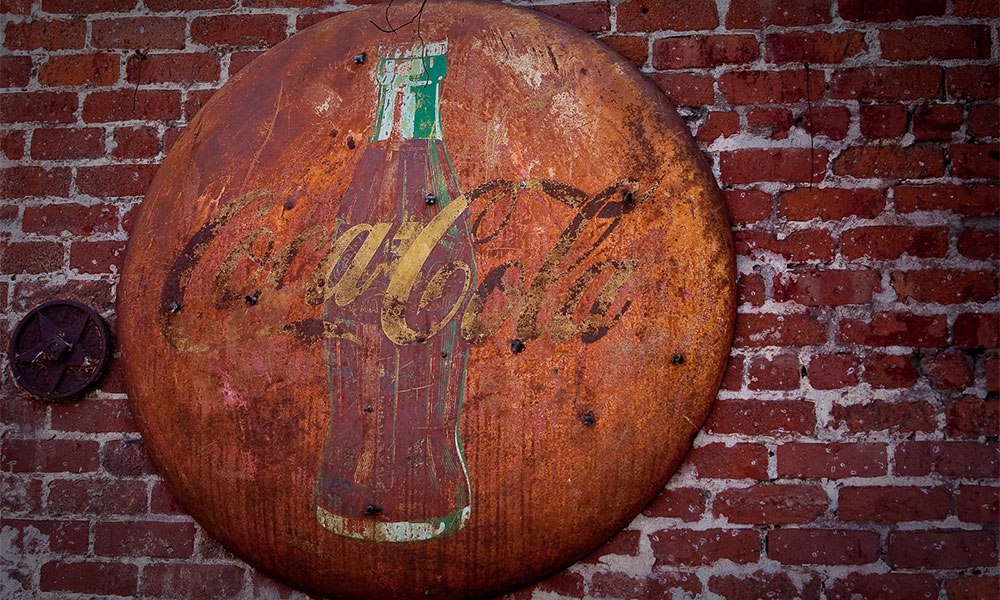Accomplished entrepreneurs and businesses naturally want to build on their success and expand their brand. A variety of opportunities and avenues exist for branching out in today’s market, and it is always tempting to try to capitalize on them…
However, it’s important that you take a critical look at your current success and create a plan to smoothly push your brand into new realms – bad expansion efforts can hurt your brand more than choosing not to expand at all.
1. Evaluate Your Brand
While it may seem like you can take on the world, step back and evaluate what really works in your current situation, and what you could add to your brand to enhance its value and purpose. Decide whether you have a solid foundation for expansion. If what you’ve built has a dedicated group of followers and you have a steady income based on consumer loyalty, you should look to invest in replicating that experience.
If your original brand needs some tweaking, you should focus on these issues until you have a formula for success down to a science. As Michael Gerber’s “The E-Myth” would point out, McDonald’s had their branding processes fully systematized before they ever thought of spinning of a Chipotle Mexican chain.
2. Maintain Your Audience
What strategies did you incorporate to capture an audience? How can you scale those strategies to go after new markets? You don’t want to alienate or confuse your core audience of advocates and brand mavens. Don’t lose sight of them; they are the ones to whom you owe all of the success you have today.
You need to create a sustainable way to keep your happiest customers happy, while you simultaneously work to reach new markets. Are there niche markets with similar needs? Are there groups your current audience is not interested in being associated in with? Keep these thoughts in mind as you draw a new crowd. If you can expand your brand, and give your current fans another way to spend money, then you are really onto something.
3. Evaluate Your Costs
The last thing you want to do is waste time and money on a venture that provides minimal profit or promise. While it’s true that you could potentially expand your brand for little or no money, you should still evaluate your projected expenses and returns in your initial planning. Think about what your time is worth, and the opportunity cost of not looking after your existing brand.
A low-risk way to test the waters is by setting up a Twitter account, WordPress site, or Facebook Page to gauge your audience’s interest in following your brand. For less than a hundred dollars, you can create and measure the success of these outlets.
4. Launch Soft
Quiet launches are normally less risk. If a tree falls in the woods and nobody is listening, did it make a sound? Focus on gaining traction organically, and don’t make a lot of noise when you are testing your new brand. The worst thing you can do is spend tons of time and money, and be embarrassed publicly.
We learned from our mistakes at Under30Media. So, when we decided to expand our signature brand, Under30CEO, with soft launches. We began to recruit new content contributors and expand with Under30Careers and Under30Finance slowly and quietly. We didn’t have a huge launch party or big PR campaign. We simply began creating varied content online that gained an audience. Remember: if you launch a huge brand campaign and it flops, you could become the next case study of what doesn’t work in business. Or you can create the groundswell that gains rapid momentum with more modest means.
5. Learn from the Past
When brainstorming for your brand expansion, research both success stories and epic failures, and learn from both. The world is full of situations you can analyze to form new strategies. Donald Trump is a perfect example of brand expansion success and failure. Real estate is his moneymaker (or loser), and it’s been the key to his success.
However, throughout his career he has extended his brand into ventures unrelated to his strengths, such as Trump Airlines and Trump Vodka. Of course, airlines require a massive investment to get off the ground (literally), and success in real estate does not necessarily translate to success in distilling alcoholic beverages.
Taking your brand to a new level requires research, planning, and time. Most importantly, it takes a solid foundation. Analyzing your strengths, audience, and areas of potential growth will greatly increase your ability to extend your brand into new territory – and succeed.
Photo credit: Vintage Coca-Cola on Brick by Jeff Wheeler
